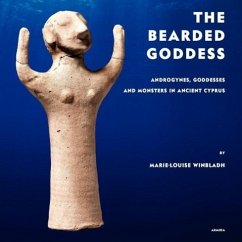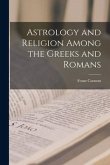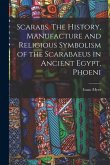Most of us associate Aphrodite - also known as Venus - with love, beauty, and fertility, but the symbolic value of this goddess is by far more complex than we would have known or dared to believe. The remarkable and unique ancient civilization of the Cypriots is also reflected in their cults and religious perceptions. From the earliest prehistory, a Fertility Goddess and her retinue of deities were worshiped to sustain life dependent on the soil. Gradually the Goddess received the name Aphrodite, who was the goddess of love and considered to originate from ancient Cyprus. The cult of a bearded Aphrodite or Venus, in whose honor people engaged in transvestite rituals, seems to have been widely spread in Cyprus. Ever since prehistory, many Cypriot sculptures have an obvious bisexual character. Aphrodite - a hermaphrodite? The book examines a rather obscure side of the ancient cult surrounding this illustrious fertility goddess. How many of us would have guessed that one of Aphrodite's most famous representations was, in fact, a figurine from Ayia Irini, Cyprus, that portrays this female deity as The Bearded Goddess, a bisexual and self-sufficient entity? The book reveals the unspoken truth about Aphrodite; a closer look at the island's archaeological sites suggests a new sexual archetype of Aphrodite and other criteria for the sublime female figure in ancient religion(s). The author, the well-known archaeologist Marie-Louise Winbladh, enlightens her audience in plain language about the mysterious devotion of Aphrodite as an androgynous being. She casts light on the enigmatic representations of this deity, who is believed to have originated from Cyprus, the epicenter of ancient crossroads, a cradle of civilization and culture. How did the cult of Aphrodite evolve? How was this goddess worshiped? Did 'temple prostitution' really exist? What was the role of the 'priestesses' and their relation to The Bearded Goddess? These and many more questions are addressed in the book.
Hinweis: Dieser Artikel kann nur an eine deutsche Lieferadresse ausgeliefert werden.
Hinweis: Dieser Artikel kann nur an eine deutsche Lieferadresse ausgeliefert werden.








